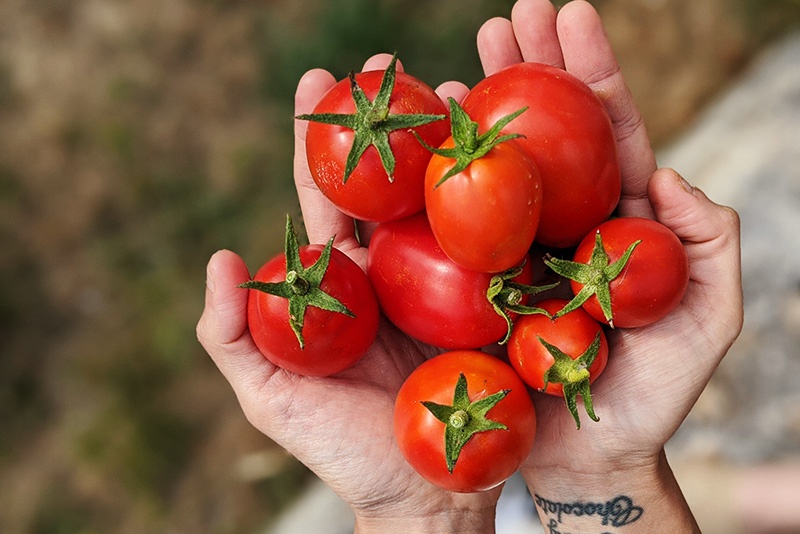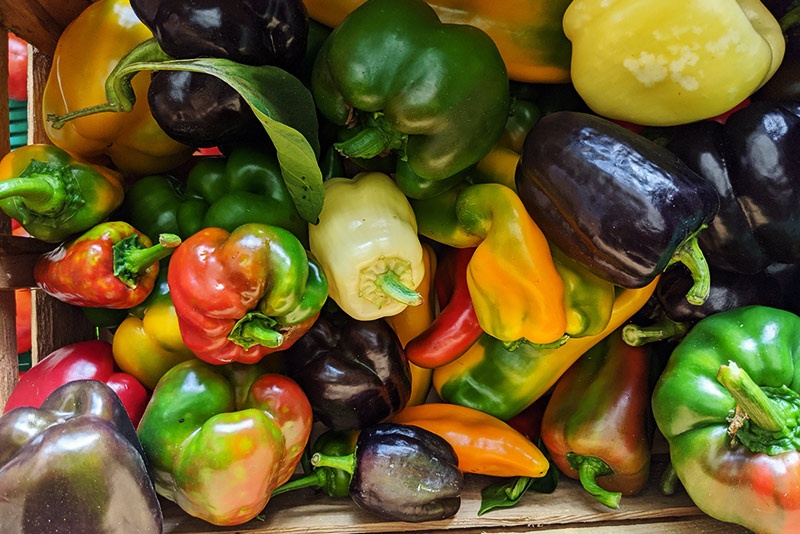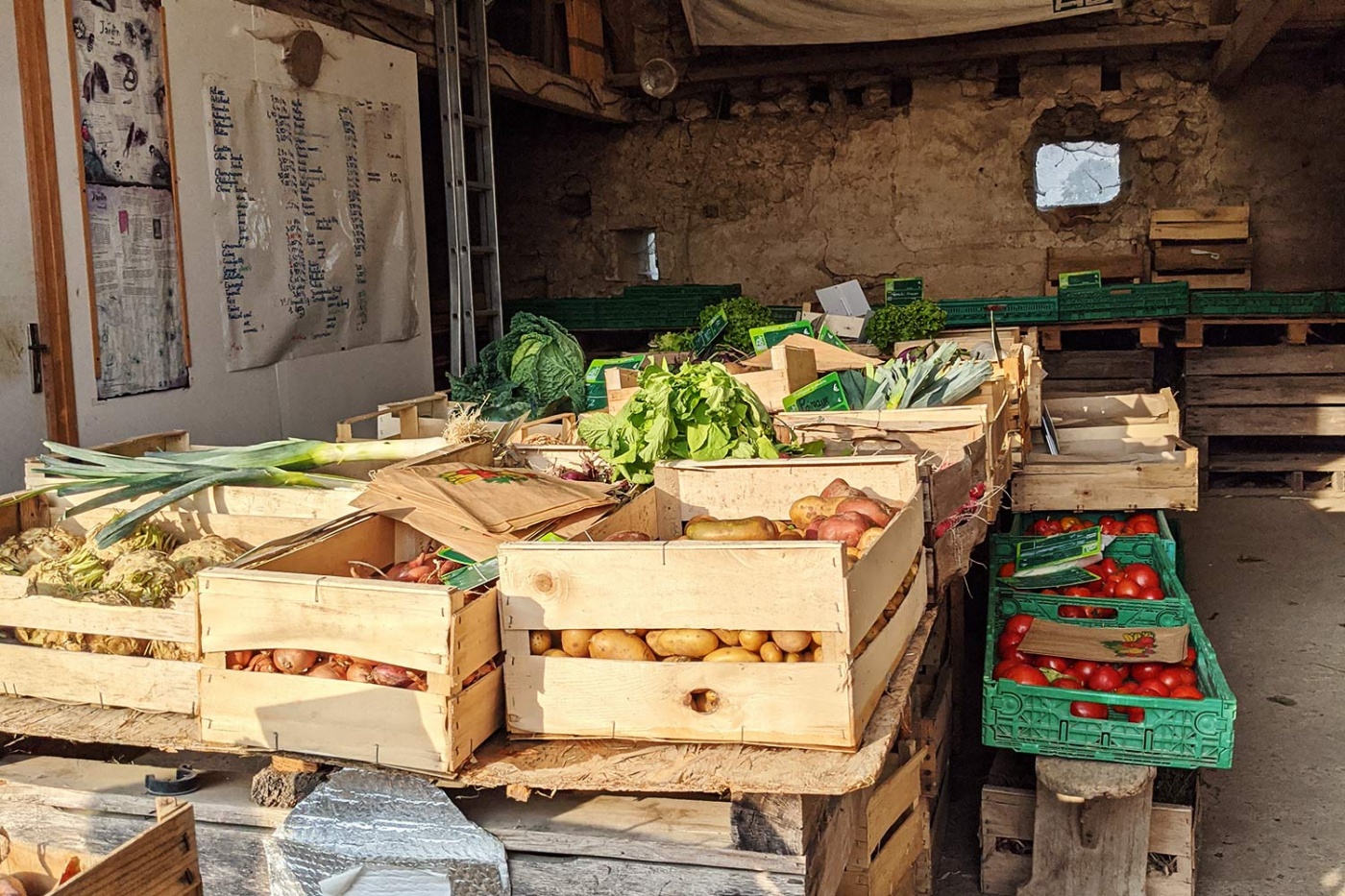The Art of Eating According to Seasons
What do you envision when you think of desserts in the fall? A deluge of soul-warming pumpkin pies, pears submerged in a sinking pool of molten fudge cake and apple cobblers baked to a cinnamon brown to match the autumn shades. Did I hear someone mutter pumpkin spice latte? Ringarde.
When I arrived in France in early September and bit into a glossy apple, I was disappointed by its chalky interior. “The season hasn’t started yet,” the boyfriend said. At that moment, I got a reality check. Seasons no longer matter in modern food systems right? Growing up in sunny Singapore, I harboured the notion that you could get fruits and vegetables in all colours, shapes and sizes anytime. Despite producing little of its own, Singapore imports foods from over 170 countries; strawberries in November, blueberries in early February, avocados for your toasts at any given time. You can even go online to place your orders for tomatoes that look catalogue ready.
But in reality, are they readily available? (I’m referring to the tomatoes.)
Upon arrival in Paris, I was quickly escorted to a summer cottage in the picturesque Loire Valley to serve my quarantine. In times of forced solitude, with limited supplies (I developed a sobering awareness that RedMart was no longer at my beck and call in the French countryside), the sprawling farm-like estate and the green-thumbed efforts of the tenants earlier in springtime during the imposed lockdown period, helped to alleviate our simple luncheons. Turfs of parsley, zucchinis so mammoth you might have trouble holding it in one hand and coeur de boeuf (beefsteak tomatoes) that hung from thick vines amidst bushes of Roma tomatoes. We pushed delicately past thick swarms of poison ivy to gain access to the plump produce and harvested them till the bottom of our shirts tugged in silent resistance from their weight.

Bitting into your first one is quite the revelation and warrants a wide-eyed moment of wow. You immediately taste the sweetness—the sun causing it to ripen as opposed to being plucked from a greenhouse—and its superiority. With the glut of shiny, ripe tomatoes, we made cumin and paprika shakshuka, Bolognese sauce that we tangled with pasta strands and roasted some off the barbecue.
Buying a regular tomato (that isn’t in season) is basically short-changing yourself. You’ve just signed up for a lifeless, watery, flavourless, shitty tomato. Take my advice, use canned tomatoes instead, and don’t shy away from tomato paste. It is a blessing.
In a nutshell, nothing is better (or more economical) than walking into your garden and grabbing the ingredients for your next meal. For those who don’t have green fingers in your DNA, the signs in the supermarkets are aplenty. Seasonal eating may be a newfound practice for me, but it was the norm for generations. The local markets and its offerings will enlighten you. Expect carrots, potatoes, leeks and endives in autumn, followed by garlic, citrus, shallots, celeriac and various types of cabbage in winter.
“We will get lots of litchi in December,” said my partner’s mum. I never would have guessed. Clementines and lychees at the table when the cold winter sets in? Suddenly, winter isn’t so bleak and is full of wonders.
Sure, you can still purchase a punnet of lacklustre strawberries at the supermarket. But why? A few days ago, we traversed the woods, teeming with life from the incessant rainfall, the emerging mushroom spores pinning to be full-grown chanterelles and black trumpet mushrooms destined for our bellies. The religious experience of foraging for your own meal, rich in flavour and devoid of chemical spray, was a deeply satisfying human experience.
Seasonal eating has its advantages. For one, reduced carbon footprint for those who are big on sustainability. You also consume less pesticides and pesky preservatives that somehow squirrel their way into your diet. You really think that butternut squash wouldn’t require boosters to look appealing on display? Well, you may be paying top dollar for added preservatives.

Eating according to the season (and region) ensures that you get more bang for your buck and the best nutrients and vitamins from your ‘biodynamic’ purchases; a term I have come to appreciate since the Loire Valley countryside turns out to be the biggest organic supermarket. We paid for our stash of navet and fennel in loose shillings at the bio vegetable farm that opens its doors once a week, walked around the pens of ducks after purchasing plump chicken thighs at Maison Perrin, and threw blackened leaves of cabbage to the pigs in waiting.
On a deeper level, there is harmony in eating seasonal produce. Purchasing fruits, vegetables and meat from the locals helps to foster a stronger community spirit and knowing your farmers allows you to better understand the authenticity of the produce. It is in that I find the most comfort—knowing that men have been put in place to harvest what God has laid out for us, the gift from the soil rather than the products of false flawlessness one would experience in the big chain grocery stores.
This is not so much an imposition of life choices as it is an exposition of my reverent exposure to the topic. At the very least, we need to hold the thought that convenience-driven, seasonless food is passe. If there’s anything the French have taught me, it is that eating in season is the number one rule to French savoir-vivre. So, do yourself a favour, manger mieux.


